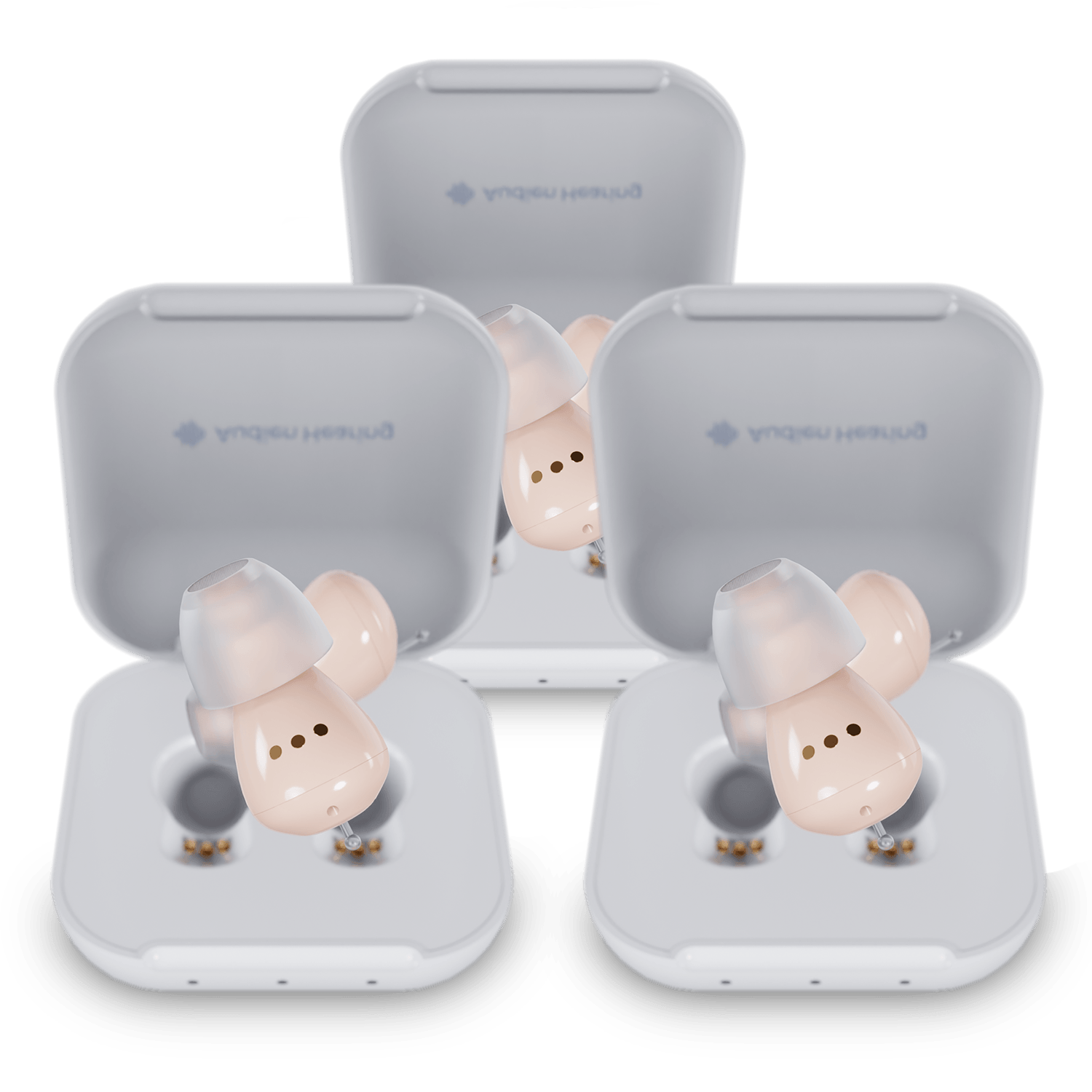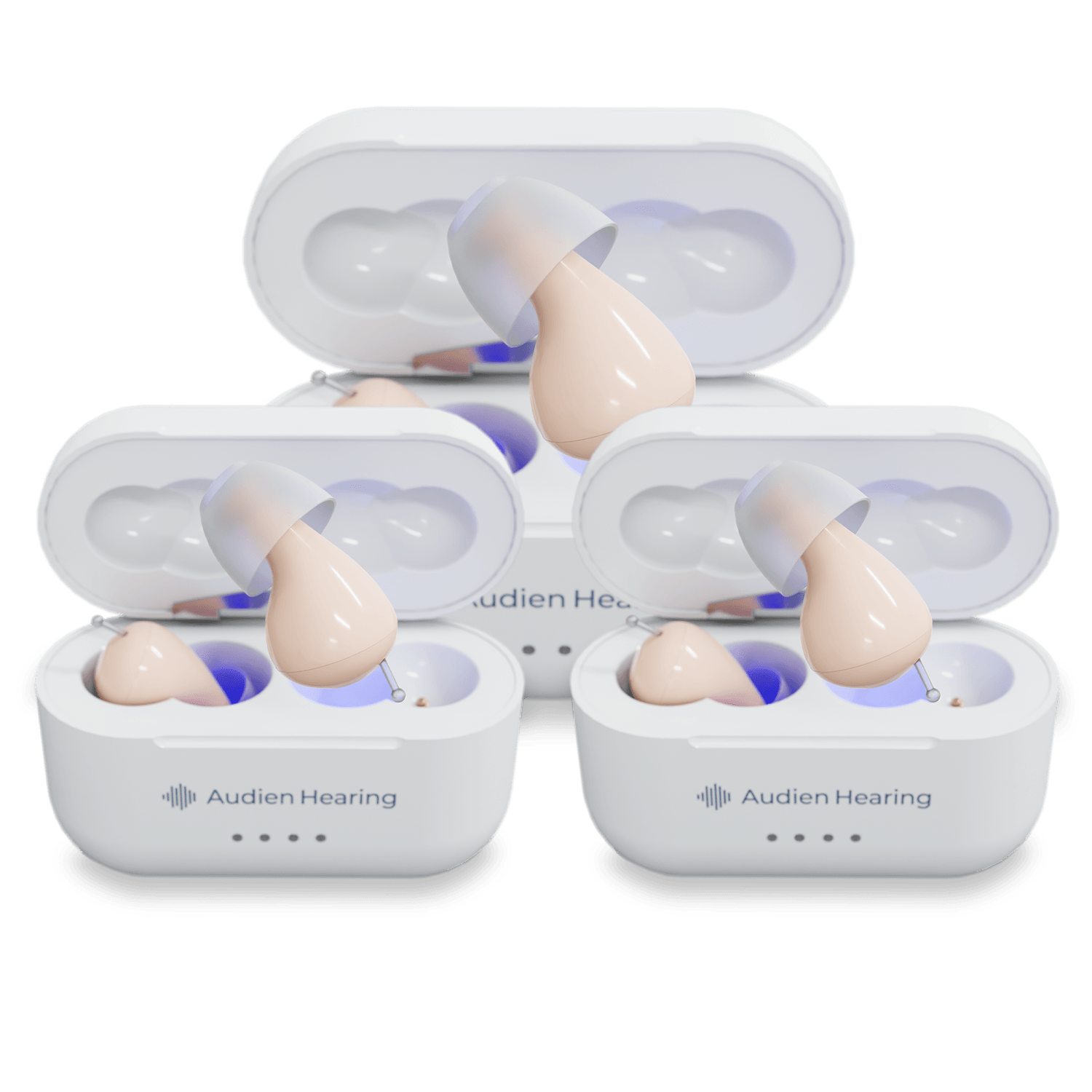“Sound masking is a remarkable thing. We use it every day in so many ways we don’t even realize it. Some call it ‘white noise’ or ‘pink noise.’ It is a way for us to shut things out and compartmentalize our lives and help us focus. I encourage many of my patients to use it.” - Drew Sutton, MD, Board-Certified Otolaryngologist
In the evolving world of technology, there is an increasing number of tools at our disposal to help with everyday tasks. Your computer, phone, and other devices allow you to accomplish things at a record pace.
Technology has not only made lives much easier, but it has also led to several different beneficial technologies for health. Fitness trackers, imaging technology, and new diagnostic technologies have revolutionized medicine, and the care people can receive.
One technology that has been shown to make people’s lives better while simultaneously having potential health benefits is sound masking. Below is a closer look at sound masking, its benefits, its use, and everything else you need to know about it.
What Is Sound Masking?
Sound masking at its most basic level is the emission of sound to help mask other noises. Standard speakers can act as a sound masking machine, but typically sound masking machines are specially made to produce the best quality masking sound possible.
Sound masking uses certain tones that the mind can easily ignore and emits at a volume that overshadows the noises that are being masked. A great example of how sound masking works is to imagine you are in your kitchen. In complete silence, you may hear your sink dripping, but if the refrigerator compressor turns on or if the AC kicks on, the sound of the dripping sink will most likely become less noticeable.
Sound masking is utilized to help people block out unnecessary noise to allow them to stay concentrated on whatever it is that they are doing.
Sensory Adaptation
When you think about it, it may seem counterproductive to emit sounds to stay more focused from auditory stimuli when you think about it. Still, in reality, sound masking devices play off of a key phenomenon of the body that enables it to adapt to its surroundings, known as sensory adaptation.
Sensory adaptation is a term utilized to describe the body’s ability to desensitize itself to unnecessary and consistent stimuli. The ability to ignore constant sensory stimuli allows for higher-order reasoning and for your mind to have the ability only to have necessary information readily available.
Below is a closer look at the ways your body adapts to different sensory stimuli.
Touch
A great example of sensory adaptation and touch is when you put your clothes on. At first, you feel the sensation of your clothing on you, but within a couple of minutes, your body is completely adapted to the sensation of the clothing on your body, and you go on with your life not thinking about it.
The ability for the body to ignore the constant sensation of the shirt against your skin allows you to focus more on your mental capacity to get things done.
Sensory adaptation, however, only occurs when sensory input is neutral and fairly constant. This is why when you wear an itchy shirt; it can get in the way of you being able to focus since the stimulus is not neutral, and your brain cannot effectively ignore the sensation.
Smell
Sensory adaptation is not just with physical touch, but it also plays a role in many of your other senses. With the sense of smell, sensory adaptation is closely tied to the concept of becoming “nose blind,” which comically refers to people who become blind to the smell of something in their environment.
The effects of sensory adaptation with smell can be more pronounced when you leave and come back into a room after some time. An example would be if you cooked dinner, left, and came back. You are more likely to notice the aromas from cooking than before. This is also likely why you don’t think your home has a scent, but when you go to someone else’s home, they do.
Temperature
Sensory adaptation can also be seen with the sense of temperature. If you have ever jumped into a cold pool, you likely are familiar with the sensory shock of being cold initially, but slowly, your body becomes used to the cold. This gradual getting used to the water is thanks to sensory adaptation.
Sound
Your sense of hearing is by far one of the most adaptive. When there is a consistent sound and relatively mundane, the brain can essentially forget about it.
This is particularly true with ambient sounds. Ambient and constant sounds like an AC compressor or a fan fade into the background after a few minutes, and you are not very likely to take notice of them.
How Sound Masking Utilizes Sensory Adaptation

Sound masking plays off of sensory adaptation by playing an ambient noise at a volume that cancels other noises out. When the sound masking machine is on, the signals coming into your ears take in the ambient noise rather than the sounds trying to be masked.
The extra noise exposure may be difficult to deal with at first, but over time your body will adapt to the masking sounds and just ignore it. The result is fewer noises to distract you in the immediate environment.
What Is It Used For?
With its fairly simple implementation, sound masking has found several different use cases ranging from the workspace to get a good night’s rest. Below is a look at some of the specific ways that sound masking is utilized.
Productivity
Communal workspaces have been the norm for some time now. Cubicles are a great means of saving costs with space, but they suffer from auditory distractions. Having a rowdy neighbor, the sound of conversations can pull the attention away from a worker’s ability to be productive.
Because of the prevalence of auditory-based distractions, many workplaces are beginning to integrate sound masking into workspaces. Simply having speakers in the ceiling and playing ambient sounds can significantly cut down on the ambient distractions present in the workplace.
In addition to workplaces, sound masking can be beneficial for any general need for productivity. Simply utilizing some headphones to play some white noise can help to mitigate auditory distractions.
Tinnitus
Tinnitus is a condition that involves the presence of a perceived sound that is not present in the environment. Essentially those with tinnitus hear a tone of sound that isn’t actually there. Tinnitus has several potential causes, but it is frequently paired with other conditions such as hearing loss.
Tinnitus can have many different presentations that differ from person to person. Some people can experience high-pitched sounds, while others may experience a whooshing sound. Additionally, some forms of tinnitus come and go while others are lasting and stick around.
It can be incredibly difficult for those with tinnitus as sounds can be annoying and evoke negative emotions. These have the potential to become even worse at night before going to sleep as there is nothing but the silence and sound of tinnitus.
Sound masking is excellent for those with tinnitus to help get some needed relief. This is especially true when trying to go to sleep. The last thing you need is to add sleep deprivation on top of your already difficult time with tinnitus.
Sound masking for tinnitus works by providing ambient sounds that are loud enough to mask your tinnitus but relaxing and constant enough to allow for sensory adaptation to occur and let you fall asleep.
Sleep
In recent years, many white noise sound machines have hit the market targeted towards parents wanting to have an easier time getting their kids to sleep and staying asleep. White noise machines are now pervasive in many toddlers' rooms as it helps children stay asleep by drowning out noises that might otherwise wake them, such as people conversing in another room.
Not only does sound masking for sleep work for children, but it can also be helpful for adults that find themselves in environments with frequent auditory disturbances throughout the night, such as a busy street. White noise has even been shown as a helpful aid in hospitals where patients may otherwise be woken up by monitors and other auditory disturbances.
Conclusion
In summary, sound masking is a technique that utilizes white noise to help mask unwanted or distracting noises. Sound masking plays off the body’s natural tendency to adapt to constant stimuli, known as sensory adaptation.
Sound masking has been implemented throughout people’s lives, including the workspace, the bedroom, and even as a means of helping out those with tinnitus get some temporary relief.
With a simple speaker and soundtrack, you can easily be on your way to getting all of the relief that sound masking can provide with a little upfront cost.
At Audien, we are dedicated to empowering patients to learn more about hearing health outside the audiologist’s office and truly explore what’s available. That is why we offer competitively priced hearing aids and a wealth of information for customers to read up on the latest topics in hearing.
Sources:
Sensory adaptation as optimal resource allocation | PNAS
Why You Can Focus in a Coffee Shop but Not in Your Open Office | HBR
Effect of White Noise on Sleep in Patients Admitted to a Coronary Care. | NCBI













